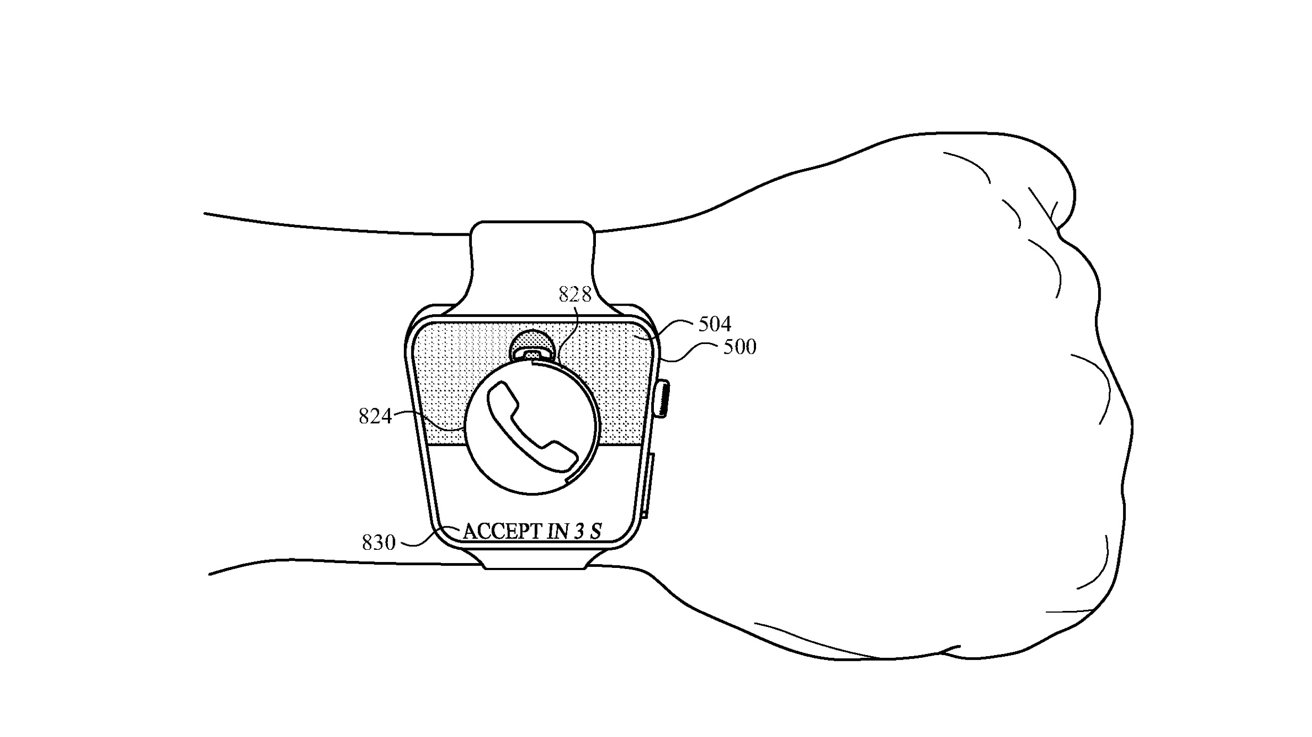Recent patent applications from Apple reveal plans to introduce a variety of new gestures designed to enhance the way users interact with the Apple Watch and possibly other wearable devices in the future. This development signifies a significant step forward in the evolution of the Apple Watch’s user interface, aiming to make interactions more intuitive and efficient.
Among the novel gestures detailed in a recently reported patent is a movement involving the hand laid flat with fingers extended, then moving the fingers side to side.

This gesture, reminiscent of a motion used in blackjack to indicate a desire to stand, could be employed for actions such as replying to text messages or answering calls. The patent also highlights the use of a clenched fist to initiate various user interface elements, such as selecting buttons or accepting text replies. Furthermore, users could scroll through options or decide on incoming calls by clenching the hand and rotating the wrist.

To prevent unintended actions, such as mistakenly answering or declining calls, the patent describes the use of countdown timers.
This mechanism requires holding a gesture for a few seconds to confirm the user’s intent, mirroring the Apple Watch’s existing SOS feature, which offers a countdown before making an emergency call if it detects a fall.
The introduction of these gestures suggests an expansion of the Apple Watch’s control system beyond the existing pinch-to-select gesture, which already sets Apple’s technology apart from virtual reality (VR) and augmented reality (AR) systems that rely on camera-based gesture recognition.

Apple’s approach utilizes muscle movement detection, offering a unique method of interaction not dependent on external cameras.
This expansion of gesture controls continues Apple’s exploration of alternative interaction methods, potentially allowing for more varied and accessible ways to control the watch, especially in situations where using both hands is not feasible. However, as these developments are still in the patent application stage, it may be some time before they become available to users.

The patent credits Jefferey Traer Bernstein, a notable figure in Apple’s innovation team, who has previously been involved in developing gaze detection technology. This indicates a broader strategy by Apple to integrate gesture-based controls with other advanced interaction techniques, potentially paving the way for a more immersive and intuitive user experience across Apple’s device ecosystem.














